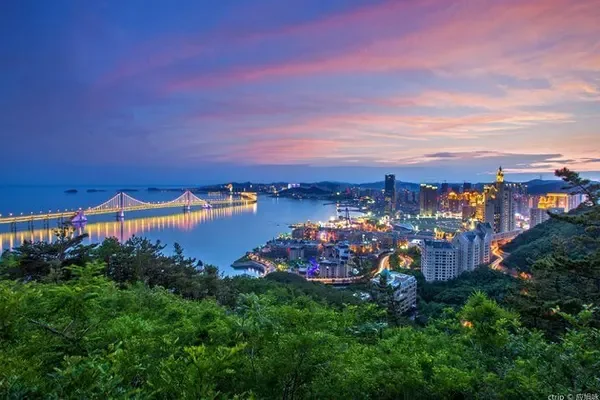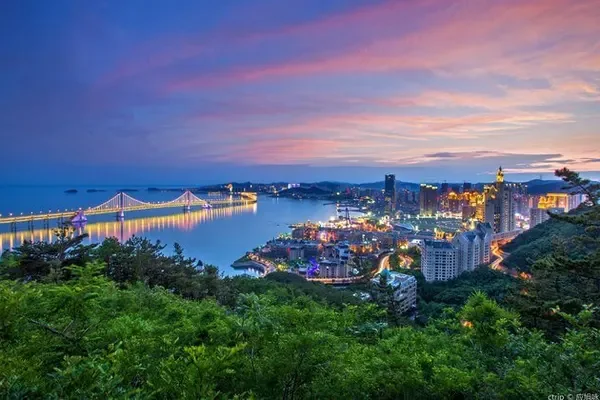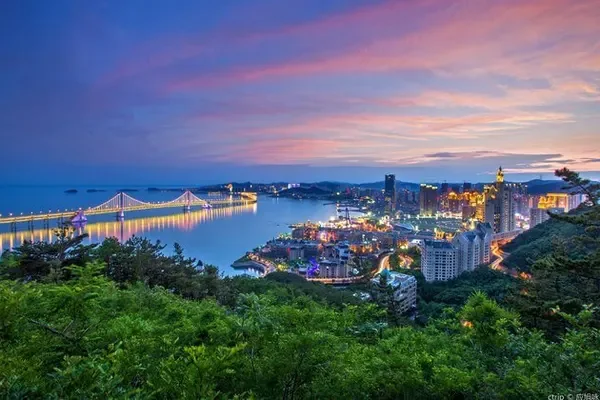Just like "If you don't go to Kuanzhai Alley, you haven't been to Chengdu", "If you don't go to Town God's Temple, you haven't been to Shanghai".



Entering the urban area of Kashgar, we had lunch at the former British Consulate in Kashgar (later called the India-Pakistan Consulate), and then hurried to the old city of Kashgar after just browsing a little.





This is the Kashgar Aitidore Mosque, which is located in the center of the old city of Kashgar. Its architectural style is relatively well-known in Chinese Islamic architecture; since it is not allowed to take pictures inside, I can only take a few exterior scenes.



Kashgar is also called "Kashgar", which translates as "the place where jade is concentrated", and this mosque is located in the center of the old city. It can be said to be the soul of Kashgar. Almost all tourists who come to Kashgar will take a look at it.


Peaceful and quiet, this is our first impression when we walked through the Mosque Square. Although it is very quiet inside the mosque, it feels like a kind of solemn tranquility; outside, there is a happy atmosphere, whether it is a young couple passing by the mosque, or an elderly couple supporting each other, or Or the children playing in the square and the students returning home after school, they give you the feeling that they are so satisfied and peaceful.




Following these elementary school students returning home, browsing the scenes of chatting and sitting in groups in twos and threes on the square, we came to Jiefang Road leading to the old street.






We walked along the slate paved road with the most abundant store stalls. On both sides are almost three-story buildings with red, yellow and white color construction and arabesque patterns. The stall owner entertained the picky foreign tourists calmly and enthusiastically; the owner in front of the snack cabinet skillfully cooked all kinds of delicacies and busily gathered the passing tourists; Mainlanders gave warm smiles.




The streets and alleys in this old city are criss-crossed, the layout is flexible and changeable, and the winding paths lead to seclusion. city block.



Looking at the streets and alleys of the old city, the red and yellow stone bricks are piled up vertically to form various geometric patterns, and all kinds of flowers are neatly placed in the corners of the streets and alleys in front of every house.


Look again, some houses seem to be wrapped in bright flowers. These houses are very characteristic. Generally, people build small buildings with two to three floors of civil structure on a limited plane, and some extend downwards to build basements. The living room and living room are connected by wooden escalators and stairs. Every home has a drying platform, located on a flat roof. Each household has a small courtyard for growing flowers or placing bonsai. The bonsai, fresh flowers and the colorful flower decorations on the pillars, wood carvings and overhanging eaves of the building complement each other, and they are well arranged, quiet and fresh. Sometimes at the junction of two lanes, you will encounter a small building erected across the street, which looks like a porch, adding a little simplicity and depth to the alley.







Look at these streets and alleys, the red brick, earth and stone pavement are uniform, the wider ones can walk on donkey carts, and the narrower ones are difficult for two people to walk side by side; See you alley again. The unique Islamic architectural decoration style of the old city of Kashgar gave me the second impression of simplicity and elegance, chic and style.




We walked for a walk, and felt that the scenes in front of us really contained a simple and simple flavor. The soul of Kashgar is in the old city of Kashgar, which represents the city's ancient past and peaceful present, and of course it also heralds the developing future.
The ancient city of Kashgar has a history of more than 2,000 years; the earliest record can be found in the ancient Shule recorded by Zhang Qian in the Western Han Dynasty. The ancient Shule City is located in the south of Kashgar City today where the Panlu City is located, also known as the ancient city of Eskesaier. Shule Town was established in the Tang Dynasty. The years are long, and the ancient city is not old, because it has never lost its ancient charm in the annual rings engraved in history.



Looking at these pictures again, the simplicity and elegance reveal the tranquility and peace in the bones.

The three little girls were eating popsicles with smiles and followed behind the mother who was also smiling;

A young woman with a child in her arms is chatting with the aunt who is holding the child;

The boy after school calmly followed behind the pacing grandfather;

Ladies who are off work walk leisurely together;





Ease and leisure, completely invisible to the hasty and nervous expression, really calm as still water. This is my third impression of the old city—satisfaction and detachment, which is probably rare in other places!



The tranquility of the old city is also reflected in this scene: the little girls in the lower grades are walking home slowly with their schoolbags; the girls in the higher grades are talking and laughing happily; Bicycles roam the streets and alleys.
Look again,




These boys are relaxed and happy after school, and are enjoying all kinds of happiness they have outside the campus every day; they are not like the children in the mainland, where they are led by their parents to various tutoring courses or what Art calligraphy classes and more.
The tranquility of the old city of Kashgar is not only the environment, but also the state of mind; and this peace of mind is not only for adults, even children and students are so calm and detached. I think, perhaps it is this kind of inner satisfaction and this kind of distance from outside competition that makes the ancient charm of the old city of Kashgar still exist, and the folk customs are simple. This is the folk custom, the folk painting full of Uighur flavor.



The streets and alleys of the old city of Kashgar are really like a maze. We turned east and west, went down the slope, and came to a wider cement road.

This is the road leading to Kashi Gaotai folk houses. On the left side is the gate tower of Gaotai Residential House in the old city, and the direction of these students and this young man is the location of Gaotai Residential House. Since this high platform dwelling is a key scenic spot renovated by the Kashgar government in 2009, there is an open and spacious parking lot outside the city gate, so most of the tourists who come to Kashgar come in through this city gate; while we pass directly through the square of Aitidore Mosque Jiefang Road, first visit the streets and alleys of the old city and then come to this Gaotai folk house.







Just walking up the road, I saw this unique building. The walls of these houses are decorated with elements of Islamic art, with arabesques forming elaborate patterns through the repetition of geometric patterns. These patterns are often plants and various figures, and sometimes animals.

Of course, the colors here are brighter than the old streets and alleys we saw before. The higher you go, the more conspicuous the sculptures of tourism brands are.



Standing on the side of the city wall with colorful flags and looking down, almost all of Kashgar City is in front of your eyes.
Gaotai Residential House is located at the northeast end of the old city of Kashgar, and is now a Uyghur ethnic community in Kashgar. The area is built on a cliff, and there are nearly 600 households in total. Across the river from the rather modern Kashgar New City, the old city's terrain is obviously higher. Gaoya existed two thousand years ago, and Uighur ancestors built houses here more than one thousand years ago.



We walked along the uphill road, and kept turning our left side to watch the Uighur houses on the other side of the cliff.
This crop of picturesque buildings with Islamic architectural style includes a bar flower shop, a tea room and coffee shop, as well as a variety of accessories and experience halls of Uighur culture. Of course, many old houses and mosques with a history of hundreds of years are also preserved here.





It is praised by Chinese and foreign tourists as "the living folk museum of Uyghurs", which is the connotation of Kashgar, a famous historical and cultural city in China. Gaotai folk houses are not only an excellent place for Uyghur traditional handicrafts, but also a palace for Uyghur landscaping, sculpture and painting art. It should be said that it includes all the customs of the Uighur people. However, I still like the old streets and alleys below that I saw earlier; I feel that this place is too new and too colorful.

Although it is introduced as a tourist product, the pottery products displayed along the road are quite charming. It is said that the pottery making here is ancient and has a long history. There are still seventeen or eight earthenware workshops that make pottery by hand from primitive clay. Cliff pottery".


After walking through the 40-meter-high and 800-meter-high residential building, it was already evening, and I saw two Uyghur children interacting with tourists in the middle of the road; to be precise, tourists were getting close to these two Uyghur children. The two children looked lovely, allowing the adults in front of them to take pictures, while the grandma also sat kindly and magnanimously by the tower, looking at everything in front of her with a smile on her face.
Of course, as a photo of people, it is of little significance for the tourists to participate in it; while the photos of the grandparents and grandchildren below match my impression of the old city of Kashgar-peaceful and peaceful, transcendent happiness!
We decided to follow the way we came here, and then walk the streets and alleys of the old city, because the charm there is stronger.



